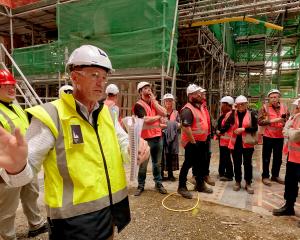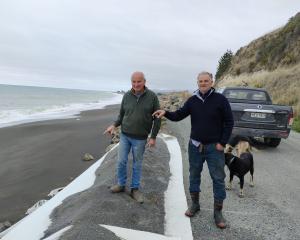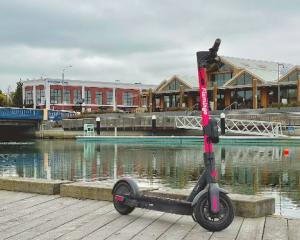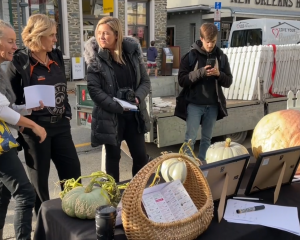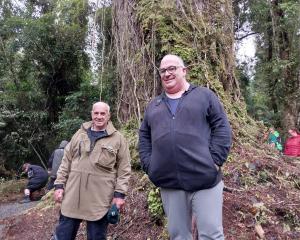The lack of a lighting plan in a West Coast mine application near the breeding colony of the critically endangered Westland petrel is a big omission, the Department of Conservation says.
However, a Doc expert told a hearing of the Grey District and West Coast Regional Councils on February 26 that not every potentially fatal grounding of the nocturnal Westland petrel (tāiko) could be attributed to light attraction.
Mining company TiGa had reapplied for a resource consent for an open-cast mine at Barrytown, north of Greymouth.

The lack of a lighting plan in the company’s application was "a big omission" and should be provided before any decision was made, she said.
However, Doc biodiversity ranger Kate Simister told the hearing other factors could contribute to the death of the diving seabird, including age, eyesight, nutrition and the risk of commercial fishing by-catch.
She said mitigating all the environmental risk factors — including light interference — was critical to ensuring the petrel did not become extinct.
The birds’ survival rate was also threatened by increasing climate-driven erosion or landslips along the Punakaiki coast, which could collapse on to breeding colonies, and the impact of marine heat waves in the past few years, she said.
TiGa proposes to extract heavy mineral concentrate (HMC) through sand mining 63ha of a Barrytown Flats farm.
HMC is in demand in the technology sector and for industrial use.
A previous application from the mining company was rejected two years ago.
Ms Warnock said Doc was surprised TiGa had still not come forward with evidence from a lighting expert after four years.
This was fundamental to assess the impacts any light impact from the mine would have on the nocturnal petrel as it flew to and from its breeding colonies in the Barrytown area.
TiGa’s proposed mitigation measures did nothing to remove the real risk of petrel groundings in and around the proposed mine site, Ms Warnock said.
"I can’t make any concessions until we see the lighting plan," she said.
While TiGa had already conceded it would only operate during daylight hours, how a lighting plan would operate during shift change-overs needed to be more specific, she said.
Doc also noted 29 at-risk bird species within 10km of the proposed mine site including the petrel, the Pacific reef heron, grey duck and bittern.
The petrel was first identified as a distinct species in the 1940s and predominantly breeds in bush-clad colonies along the Punakaiki coast including the Barrytown Flats.
Ms Simister said grounded adult birds reported by the public could be found as far north as Westport and as far south as Hokitika — although grounded juveniles were primarily found in the Barrytown area.
- LDR is local body journalism co-funded by RNZ and NZ On Air.
By Brendon McMahon

